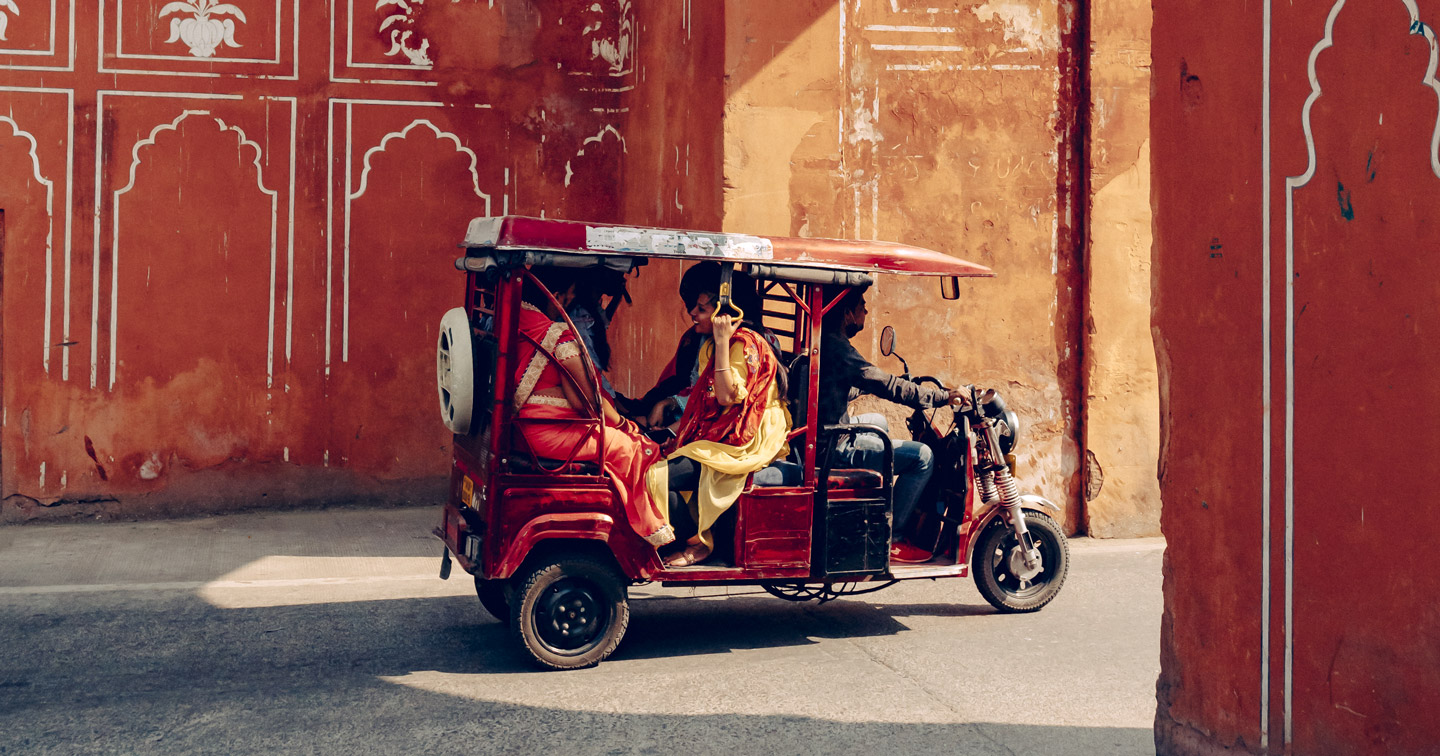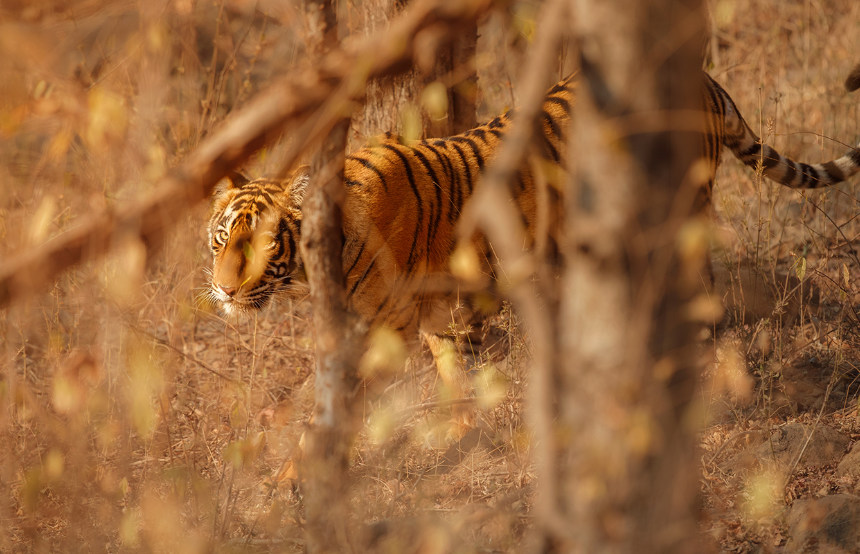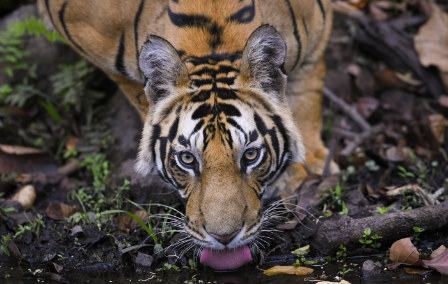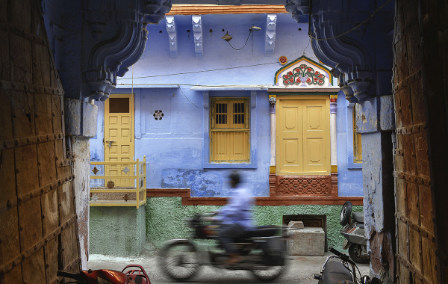Published 30th Mar. 2023
Reading time
2023 marks the 70th anniversary of the first successful ascent of Mount Everest. Thankfully, a lot has changed since, and trekking in the Himalayas today is a much more accessible and comfortable experience (and doesn't have to involve summiting the world's highest peak). Many assume the Himalayas is only for rugged types who enjoy roughing it. That was true in 1953, when Everest was first summited, and trekking tourism didn't exist. Now there are new ways to experience Earth’s highest peaks: luxury lodges for those wishing to appreciate the remarkable views in comfort; treks that focus as much on culture as scenery; and teahouses for those who want to get beneath the surface of local life. Here’s our guide to trekking in the Himalayas.
While the best time to go trekking in the Himalayas depends on your destination, travelling outside the monsoon season is strongly advised. The rain can cause landslides and avalanches, and trekking routes may be closed off. December, January and March aren’t suitable due to harsh winter weather, while the summer months can be very hot in the valleys. March to April and October to November are the Goldilocks months — not too hot, not too cold — and offer the best conditions. There’s still a chill in the air on some mornings and at night, which adds to the sense of adventure, plus the skies are clear so the views will be incredible.
Four countries straddle the range: India, Bhutan, Nepal and Tibet. Each offers its own unique experience and presents its own challenges. Two of our favourite destinations when it comes to trekking in the Himalayas are India and Bhutan. The legendary Indian Himalayas span the regions of Ladakh, Himachal Pradesh and Uttarakhand, where snow-capped peaks tower over Buddhist monasteries, ancient trading routes and old shepherd’s trails. A trip to India also offers a wide range of treks for all ages and abilities. Lesser-known Bhutan is a beautiful and dynamic destination, with a higher percentage of ‘technical’ routes. Bhutan and the Indian state of Assam in the eastern Himalayas also boast some of the greatest biodiversity on the planet.
The walking itself shouldn’t be too strenuous; it’s the altitude that sets the Himalayas apart. Staying healthy is harder than it is at home, but if you're used to walking and are cautious about gaining altitude then you're unlikely to have any problems. Depending on the route and the type of trip, you should expect to walk around four to six hours every day. A beginner-level trek with local guides is attainable for anyone who is reasonably fit (a good benchmark is a day’s hill walking, with a rucksack, along a popular route in the Lake District or the Scottish Highlands). We’d also advise you to buy your kit well in advance and do several domestic trips before your Himalayan trek. This will give you the chance to get comfortable and solve any problems or niggles.
The trek you choose will be determined by place, suitability and budget, but our experts will be able to help curate the experience you’re longing for. And you needn’t worry about roughing it as there are plenty of accommodation options. Teahouses are run by families and provide basic lodgings, hot meals, local knowledge and security. At the other end of the spectrum, luxury lodges offer unrivalled comfort, sublime surroundings and five-star service. Camping should only be undertaken with reputable providers. Here again the experience can be elevated. There’s glamping as well as camping, with spacious and stylish tents, all the modern comforts and exquisite cuisine served under canvas or outdoors. Should you wish to combine your trek with other interests (such as sightseeing, yoga or white-water rafting) that’s possible too.
These top tips will help to minimise your chances of mishaps and look forward to an awesome Himalayan adventure.
Pre Trek:
During the Trek:
Post Trek:

Our eager experts have explored India from its mountainous north to its tropical south in search of the best destinations, experiences and properties. In-country, our passionate team of Concierges share a love of India and are always on hand to impart extensive knowledge of their country. Working with phenomenal local guides across the country, we tailor experiences to your specific interests, from family-friendly block printing in Jaipur to city food tours and off-the-beaten-track wildlife safaris. Whether you’d rather call a historic palace or a humble guesthouse home, we can offer your dream accommodation while in India.
ENQUIRE NOWPractical advice and inspiration for your next trip

Searching for the best safaris in India? We’ve got you covered. Whether you’re keen to track tigers in Madhya Pradesh, admire Asiatic lions in Gujarat or photograph forest eagle owls in Kerala, your India holiday awaits. While Bengal tigers steal the limelight in Bandhavgarh National Park, don’t forget about the shaggy sloth bears (though they’re not as cuddly as they look). Feeling up for the adventure?
15th September 2025 - India Safari & Wildlife

With their sleek, tangerine-tinged coats, piercing eyes and commanding presence, nothing beats the thrill of seeing a tiger in the wild. And where better than in India, home to the largest population on Earth? But when it comes to the best time to see tigers in India, it all depends on what you want from your trip. Whether you’d rather vivid green landscapes or crowd-free safaris, we’ve got the insider intel on when to see India’s famous big cats.
23rd June 2025 - India Safari & Wildlife

India has long been a favourite destination here at Original Travel. It's the kind of country that inspires a lifelong affinity; travellers become hooked on the kaleidoscope of colour, energy and spirituality that pulsates throughout the nation. From India’s remarkable landscapes and diverse cities to its thriving wildlife and creative cuisine, there’s always more to explore. Keen to discover more reasons to visit India?
25th May 2025 - India Travel Inspiration

Our team of destination experts will get to know you and your unique requirements for your holiday

We work with you to build an ultra-personalised holiday itinerary with your choice of accommodation, experiences and activities

All of our holidays include little extras designed to make a big difference to your trip, from fast-tracking you through airport check-in and security to our network of local Concierges